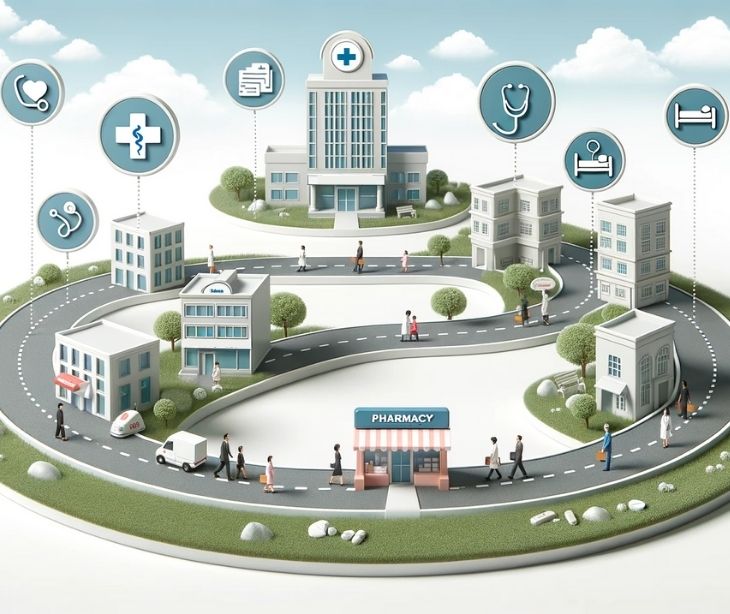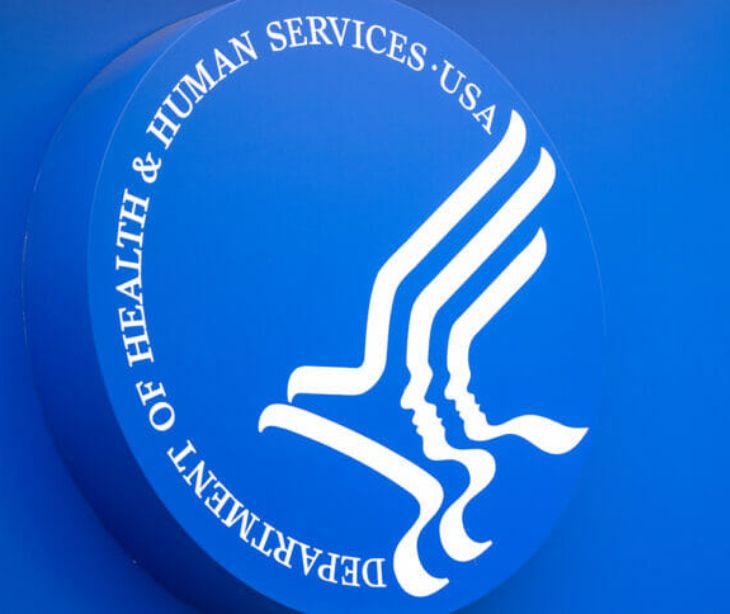
According to an American Journal of Public Health journal article ‘How the Continuity of Care Document Can Advance Medical Research and Public Health’ which looks at the root of care documents, “Although it was originally designed to exchange information on individual patients, the CCD will become a powerful instrument for medical research and public health…Using the CCD, agencies can create tools to communicate population data that are immediately compatible with any certified EHR.”
Continuity of Care Documents (CCDs) are standardized electronic documents designed to summarize a patient’s health information to facilitate seamless communication and coordination among healthcare providers during transitions of care. CCDs are built upon the HL7 Clinical Document Architecture (CDA) framework and incorporate data elements originally defined in the ASTM Continuity of Care Record (CCR) standard. The CCD serves as a comprehensive snapshot of a patient’s medical history, including demographics, allergies, medications, immunizations, lab results, vital signs, problems, procedures, and care plans, among other clinical data.
The exchange helps avoid medical errors, redundant testing, and gaps in treatment that can occur when providers lack access to complete patient information. The CCD was developed to address this need by providing a standardized format that can be universally understood and interoperable across different electronic health record (EHR) systems and personal health records (PHRs).
Are CCDs provided for by HIPAA?
HIPAA provides the regulatory framework that supports the exchange of protected health information (PHI) necessary for continuity of care, which CCDs facilitate. HIPAA’s Privacy and Security Rules establish standards for protecting PHI while allowing for its disclosure for treatment, payment, and healthcare operations without patient authorization under certain conditions. The exchange of health information using CCDs aligns with these provisions by allowing healthcare providers to share clinical summaries securely and appropriately during care transitions.
A Sultan Qaboos University Medical Journal article ‘Continuity of Care’ literature review on the topic notes that, “Inter-organisational communication (continuity of information) among multiple providers is the core function of consistency and has been regarded as central to continuity of patient care.” The 21st Century Cures Act and the Health Information Technology for Economic and Clinical Health (HITECH) Act further reinforce interoperability and patient access to electronic health information, which CCDs support. These laws encourage the adoption of standards like the CCD to promote seamless data exchange.
How CCDs compare to CCR
According to the above mentioned American Journal of Public Health article, “Although both the CCD and CCR are acceptable in federal regulation, EHR vendors have focused on the CCD because it is the newer format developed through the harmonization of the CCR with other past standards.”
CCDs and Continuity of Care Records (CCRs) are both standards designed to facilitate the electronic exchange of patient health information. The CCR was developed earlier by ASTM International as a simple, flexible summary of a patient’s health status, focusing on essential clinical information such as allergies, medications, problems, and procedures. Its purpose was to provide a quick snapshot in time of patient data that could be easily generated and shared across different healthcare settings.
The CCD was developed later as a collaborative effort between HL7 and ASTM to bridge the gap between CCR and HL7’s CDA standards. The CCD builds upon the CDA framework, allowing for greater detail, richer clinical content, and better support for interoperability. Unlike the CCR’s simpler XML structure, the CCD uses a templated CDA format that defines precise constraints on how clinical data should be represented.
One difference is the level of detail. CCDs provide a more comprehensive and structured clinical summary, including detailed lab results, clinical notes, immunization records, and care plans, whereas CCRs focus on a core set of data elements. It makes CCDs better suited for complex care scenarios requiring detailed documentation and long-term care planning.
Another distinction lies in adoption and certification. CCDs have been widely endorsed by certification bodies such as the Certification Commission for Health Information Technology (CCHIT) and are integral to Meaningful Use and Promoting Interoperability programs. This has driven broader adoption of CCDs in certified EHR systems compared to CCRs
See also: What is the Minimum Necessary Standard?
What are meaningful use requirements?
Meaningful Use was a set of criteria established by the Centers for Medicare & Medicaid Services (CMS) under the HITECH Act to incentivize the adoption and meaningful use of certified EHR technology. The American Journal of Public Health also notes, “Although this instrument was designed for individual provider communications, the CCD can be effectively reused for population-based research and public health.” The program aimed to improve healthcare quality, safety, and efficiency through the electronic capture and exchange of health information.
Meaningful Use requirements evolved through multiple stages, with Stage 2 focusing heavily on health information exchange and patient access to electronic health data. One of the key objectives was to ensure that providers could generate and share clinical summaries of patient encounters electronically, enabling better care coordination and patient engagement.
CCDs became central to meeting these requirements because they provide a standardized, structured format for clinical summaries that comply with the technical and content standards mandated by Meaningful Use. The CCD format, based on HL7’s CDA and incorporating ASTM CCR content, was endorsed by the CCHIT as part of EHR certification criteria.
Challenges and limitations of using CCDs
Although CCDs are based on standardized HL7 CDA templates, vendors often customize or extend these templates, leading to inconsistencies in data representation and structure. A BMC Health Services Research study on the continuity of care and its perception in multiprofessional environments provides that, “The current design of healthcare and social care systems does not meet the needs of people requiring multiple, integrated interventions…Cooperation between caregivers to achieve continuity of care (CoC) is deficient, despite CoC being one of the core qualities of primary care.” It complicates the seamless exchange and integration of CCD data between disparate systems.
Because CCDs are summaries, they may omit certain clinical details or nuances that providers consider important for decision-making. Errors or outdated information in source EHRs can propagate into CCDs, potentially leading to misinformed clinical decisions.
See also: Exceptions to the Minimum Necessary Standard
FAQs
How long can a patient continue care with a provider under continuity of care policies?
For example, under Medi-Cal Managed Care policies, members may request to continue seeing a fee-for-service (FFS) provider for up to 12 months if a verifiable pre-existing relationship exists, and the provider meets quality and network participation criteria. Extensions beyond 12 months may be possible under certain conditions.
What protections exist if a provider leaves a health plan network?
Health plans must allow members to complete a course of treatment with a terminated or nonparticipating provider for specific conditions such as acute illness, pregnancy, terminal illness, or previously authorized surgeries, as stipulated by regulations like California’s Knox Keene Act.
What are common challenges to maintaining continuity of care?
Challenges include multiple healthcare providers and settings involved in care, complex healthcare rules and insurance limitations, lack of access to care (e.g., transportation or insurance barriers), and poor communication between providers. These factors can disrupt the seamless delivery of care.
What role does communication play in the continuity of care?
Effective communication, including individualized written information for patients about care plans and follow-up, high availability of healthcare professionals, and planned interventions with familiar providers through HIPAA compliant email, increases accessibility and a sense of security for patients.
Subscribe to Paubox Weekly
Every Friday we'll bring you the most important news from Paubox. Our aim is to make you smarter, faster.




